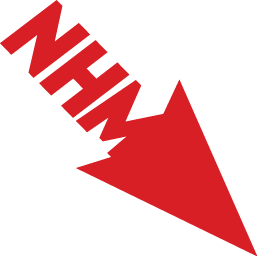“Indigenizing Coastal Conservation,” a virtual event asking what it means to place Indigenous knowledge and tribal sovereignty at the heart of conservation. Focusing on ongoing work to fight coastal erosion on the Pacific coast, this event engages a frank conversation with Native and non-Native ocean conservation practitioners grappling with the complexities of decolonizing the conservation movement and incorporating Indigenous worldviews effectively and appropriately with mainstream approaches.
SPEAKERS
* Dina Gilio-Whitaker (Colville Confederated Tribes), Lecturer of American Indian Studies at California State University San Marcos, independent educator in American Indian environmental policy, and Red Natural History Fellow
* Leah Mata-Fragua (yak titʸu titʸu yak tiłhini Chumash)
Artist, Educator and Council Member, YTT Northern Chumash Tribe
* Calla Allison, Founder and Executive Director of the Marine Protected Area Collaborative Network
* Gus Gates, West Coast Regional Director of the Surfrider Foundation
******
Held on June 28, 2024, this webinar was curated by Dina Gilio-Whitaker as part of “Natural History for a World in Crisis,” a virtual programming series organized by Red Natural History Fellows with The Natural History Museum.
Made possible with support from the Henry Luce Foundation, Hewlett Foundation and 4Culture
